Fall has arrived, but it may not be too late to save seeds from your favorite flower. Read on to see how it’s done.

imgflip.com


©theoldfarmersalmanac

imgflip.com


©theoldfarmersalmanac

Designers are leaning towards tougher gardens that can tolerate hotter summers and less rain due to climate change.
This means that xeriscaping – a type of landscaping that focuses on drought-tolerant planting – will be moving further into the spotlight.
Beauty and color needn’t be sacrificed. Matthew Childs (MSGD), for instance, comments on the use of long-flowering salvias, which are great for wildlife. Tina James (MSGD) is also a fan of these vibrant, colorful plants, and likes to blend them with ornamental grasses for a sense of movement.
Another planting pick set to come back into fashion is the rock rose, as predicted by Tommaso del Buono (MSGD). He explains how they can thrive in hot, dry conditions, and are low-maintenance, fast-growing and offer prolific blooms. They can grow over walls, in mixed borders, or in rockeries, he adds.
Prairie planting also works with this theme. For the Garden Media Group’s Garden Trends 2023 Report, Jeff Epping, the ‘Godfather of gravel’, suggests starting with grasses such as prairie dropseed, little bluestem, big bluestem, or switchgrass. Coneflower, rattlesnake master, prairie baby’s breath, smooth penstemon, cup plant, stiff coreopsis, asters, and goldenrods can then be layered for a beautiful, drought-tolerant tapestry.
It’s no surprise that the formal, water-guzzling, and high-maintenance lawn is still losing its popularity of the past. For 2023, landscaping with gravel is much more in vogue. Tomoko Kawauchi agrees with this prediction, and already includes gravel in all of her projects.
Don’t forget about trees. ‘Damage from heat and drought can stress them and make them more susceptible to disease and insect infestations,’ comments the Garden Media Group.
Dan Herms, Ph. D., a scientist at Davey Tree, says we need to make informed decisions about which trees to plant for the changing climate. Trees are one solution to battle a warming planet, he adds. Luckily, there are lots of drought-tolerant trees to choose from.
Source: gardeningetc.com©

Photo: Daily Express
Use thermometers and barometers to track the temperature and know when bad weather is approaching. Thermometers should be placed in an area without any direct sunlight for an accurate reading. A barometer is needed to gauge changes in atmospheric pressure, as rapid fluctuation is a sign of unstable weather. Another easy way to note atmospheric pressure is to pay attention to birds. If they’re flying low to the ground, barometric pressure is low. High-flying birds indicate higher barometric pressure.
Protect young or delicate plants from wind by hammering a few stakes in the ground surrounding them. Then, wrap a burlap barrier around the stakes to create a barrier that should deflect harsh winds. With young trees, wrap the trunks with burlap or commercial tree wrapping to prevent wind damage. These wrappings can be removed after the trees are more mature, or in about a year.
The constant freezing and thawing of plants can be as harmful as cold temperatures. Use mulch to limit damage by spreading three inches of mulch on the ground surrounding plants to help maintain a constant temperature. Then, cover with netting, chicken wire, or tree branches to protect from wind. But remember that once a plant has been damaged by frost, it most likely cannot be saved and the smartest move is to simply remove it from your garden. Keep soil healthy when it warms up by learning how to compost.
When planning your garden, remember that the sun rises and sets to the south of the east-west line during wintertime. This will cast long shadows on the north side of your home, reducing sunlight and limiting the types of plants that will thrive in these areas. Additionally, winter light is more subdued to eastern exposures than areas facing south or west.
If you know bad weather is around the corner and want to protect your small plants, cover them with a plastic bag, cardboard box, upside-down flowerpot, or even a plastic laundry basket to protect them. Whatever covering you choose, make sure to weigh it down with a stone or a brick. Or, drape a thick blanket or quilt over plants before nightfall to trap soil heat and protect plants from light frost. We’ll go ahead and add “blanket” to our list of must-have garden tools!
For plants that aren’t particularly hardy, plant on the side of the house placing south or southeast. The proximity to the house will protect the plant from severe winter winds and keep it warmer, and the plant will be given sun exposure in the mornings.
Prevent damage to early-blooming trees by planting them on the north side of the house or on a north-facing slope. This will delay or lessen light exposure and provide safer, more gradual thawing. Plants that blossom early should also be obscured for direct morning sun, as a gradual thaw will minimize the damage done by frost.
Vines, shrubs, and trees that are found near walls can be protected from cold temperatures with a frost shade. Mount a piece of wood at the top of a fence or wall and use it to hang a piece of canvas or tarp. When temperatures drop, use it to cover plants. Raise the shade when it warms up, then lower it in the late afternoon to conserve heat for the chilly night ahead.
Run a sprinkler over delicate plants on cold nights. As the water freezes on the plants, it will give off heat and keep them warmer than the surrounding air. This trick is often used to protect fruit trees to protect crops from unruly weather.
Though you may be tempted to sprinkle salt over walkways and driveways to prevent icy slips, remember that the runoff from spreading salt can damage plants. Instead, use wood ashes, sand, gravel, sawdust, or fertilizer to keep these areas safe.

For every problem area in your landscape, you’ll find perennials that not only survive but also thrive in the conditions available. Simply match the preferred growing conditions of each perennial to your site.
Perennials offer possibilities for every growing situation. As you contemplate digging into perennial gardening, approach it from the standpoint of solving landscape problems. There’s a perennial that will thrive in every growing solution.
If you have a slope too steep for mowing, you can trade turf for perennial groundcover. Near downspouts and low spots in your yard where water gathers after downpours, moisture-loving perennials can transform an eyesore into a beauty spot.
Where lower rainfall dictates water restrictions, tap into the world of xeriscape plants, which grow and flower profusely with little moisture. Natural deposits of acidic soil can support lovely perennials that will make you grateful for the locally low pH. Stop fighting to grow grass beneath shade trees—plant shade-loving perennials instead!
You can even find perennials that serve as lawn stand-ins—tidy, ground-hugging plants that withstand foot traffic and stay green year-round. In municipalities where surface runoff adds charges to your water bill, incorporating a rain garden filled with moisture-loving perennials will dissipate roof, driveway, or patio runoff into the soil and can reduce your water fees. Use this list of perennials adapted to various growing conditions to draft solutions to your landscaping problems.
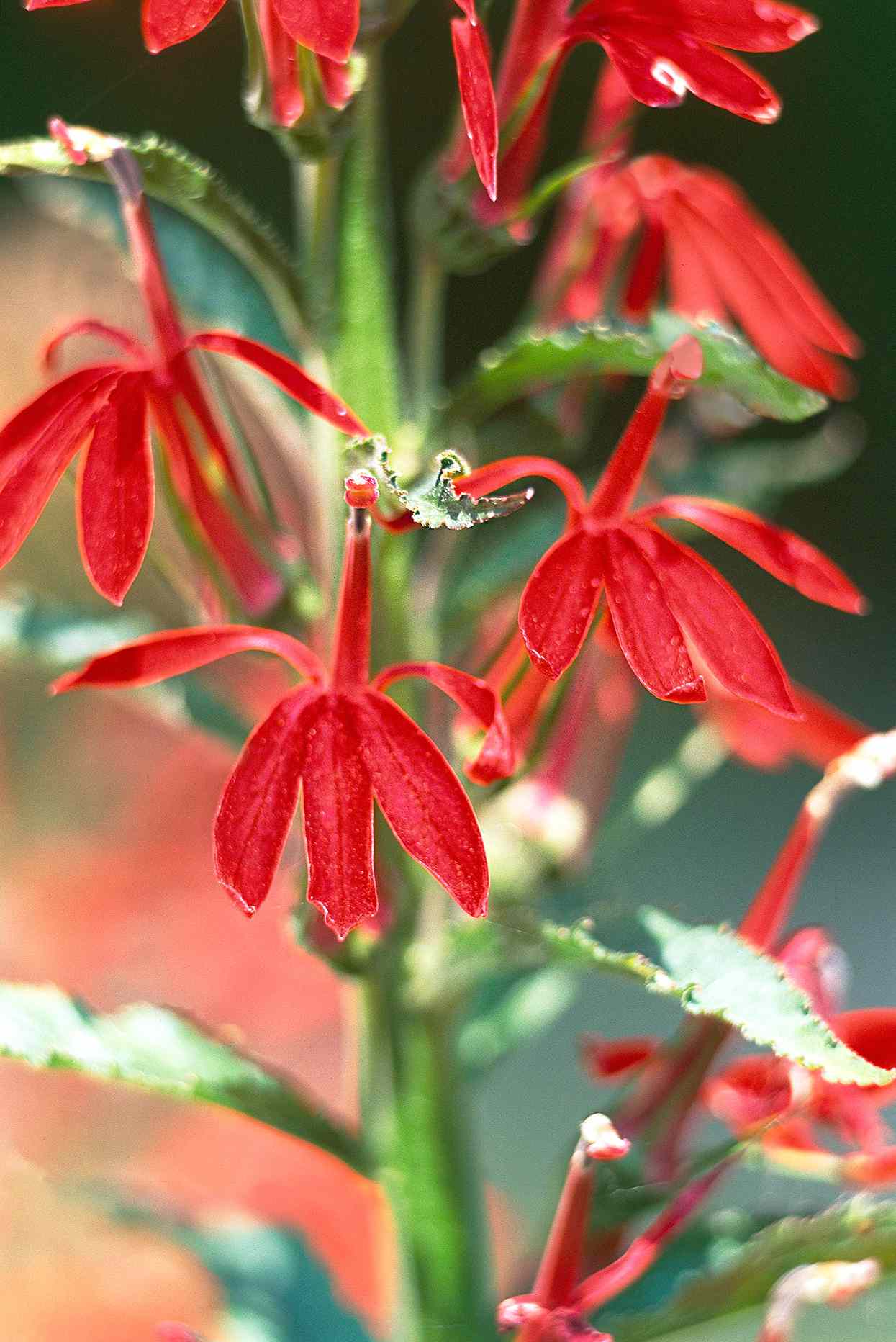
If your garden bed is down in a ditch or next to the downspout, you’re probably stuck with soggy soil that drowns plants. There are plenty of varieties that can withstand (and even thrive) in that much moisture.
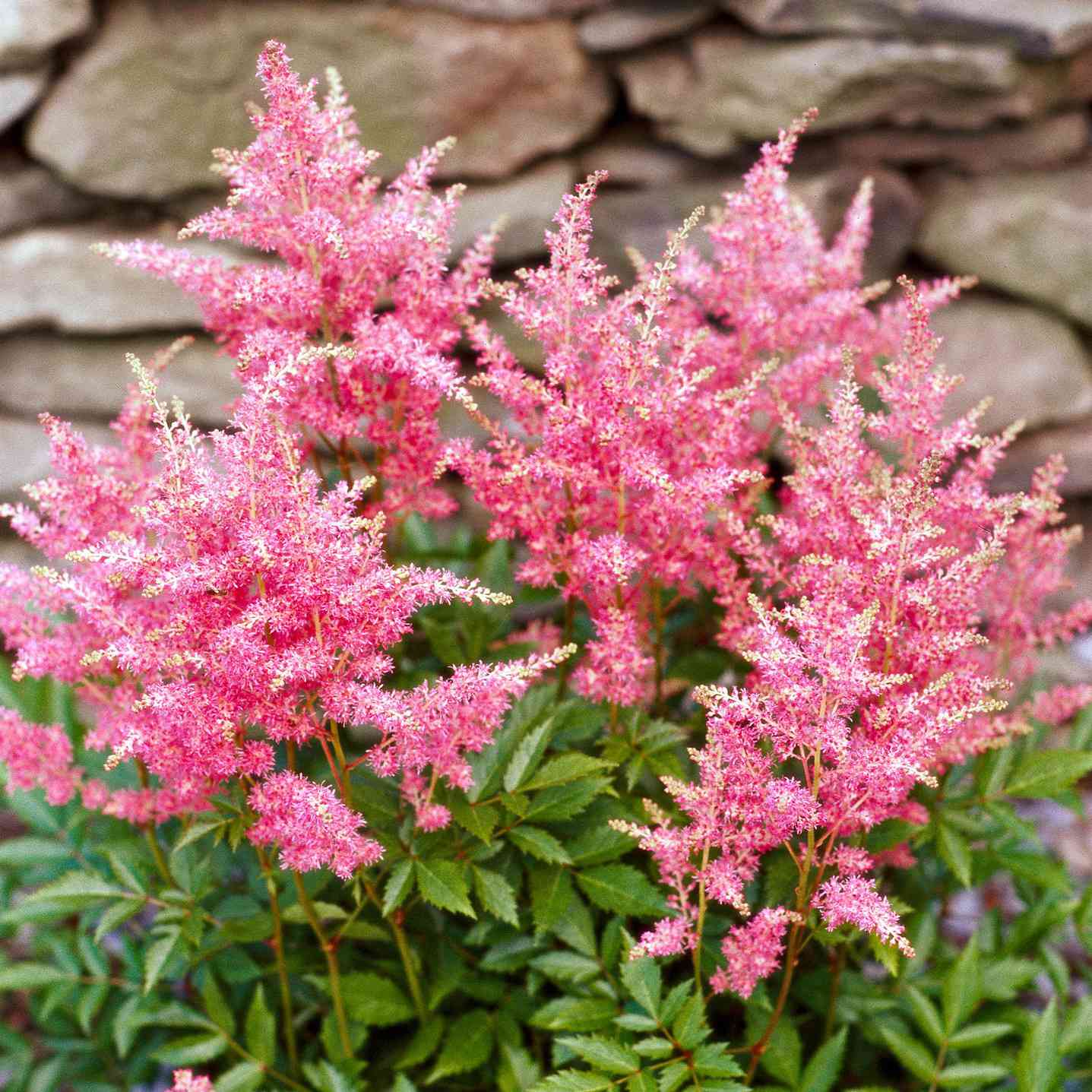
As much as we love hostas, we know it can be boring to fill in a shady corner of the yard with just one plant variety. Flowers like astilbe, bleeding heart, and phlox can also do well in shade and make excellent planting partners for hardy hosta.
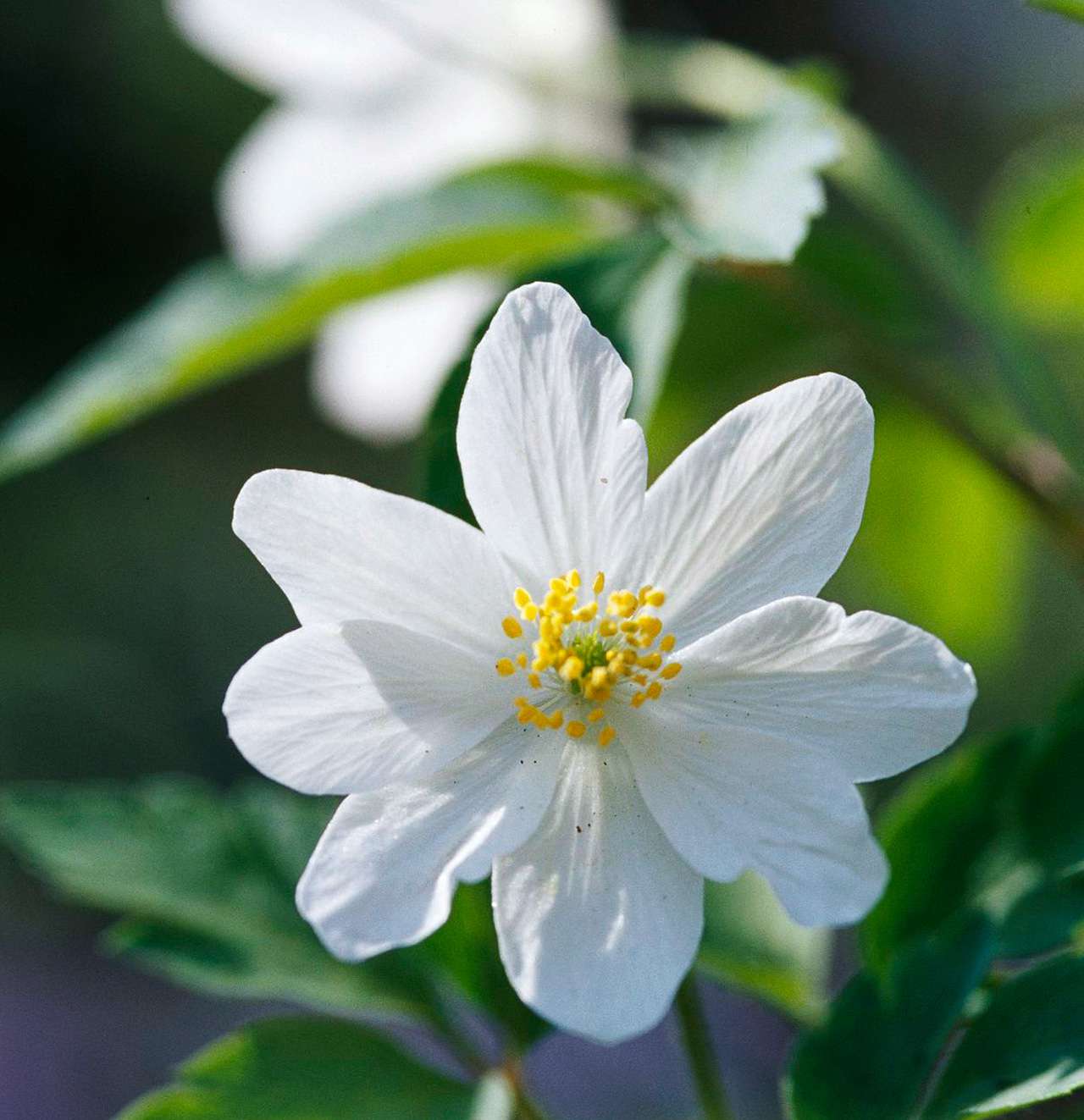
Anemone ROB CARDILLO PHOTOGRAPHY
In certain areas of the country, soil’s acidic balance can be off-kilter, resulting in what we call alkaline soil. Alkaline soil doesn’t let much moisture in and has a weak soil structure that just can’t keep certain plants happy. You can still work with this type of soil without investing in pounds of soil amendments—just look for these plants.
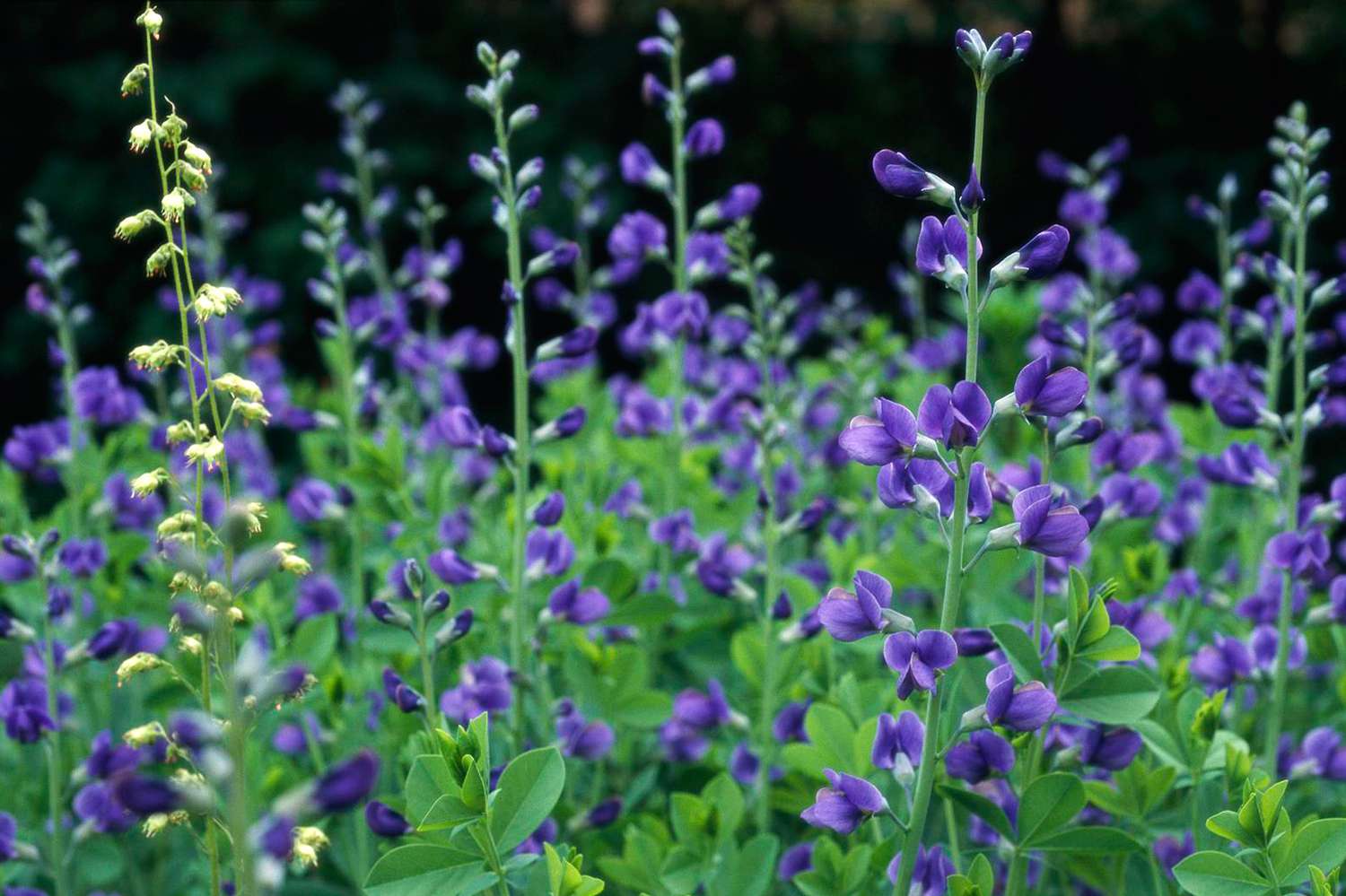
Typically, dry soils contain a lot of sand, which doesn’t hold moisture very well. You need especially hardy plants that don’t need consistent or large amounts of water. Try some of these.
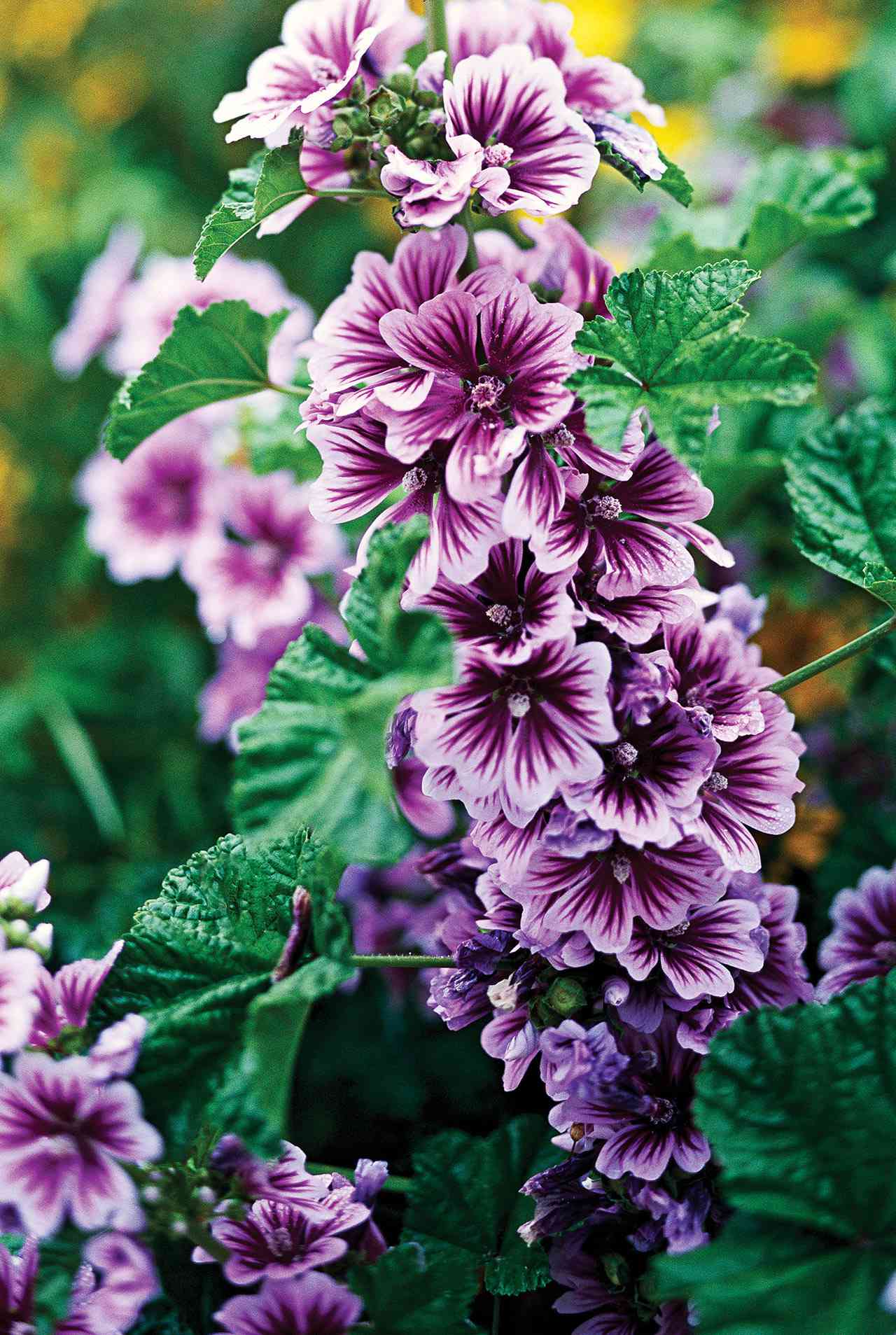
Mallow ED GOHLICH PHOTOGRAPHY INC
While all plants need some amount of light to grow and thrive, some are more delicate than others and get scorched if they are placed in full sun. Some plants, however, do super well in hot and sunny spots in the garden.
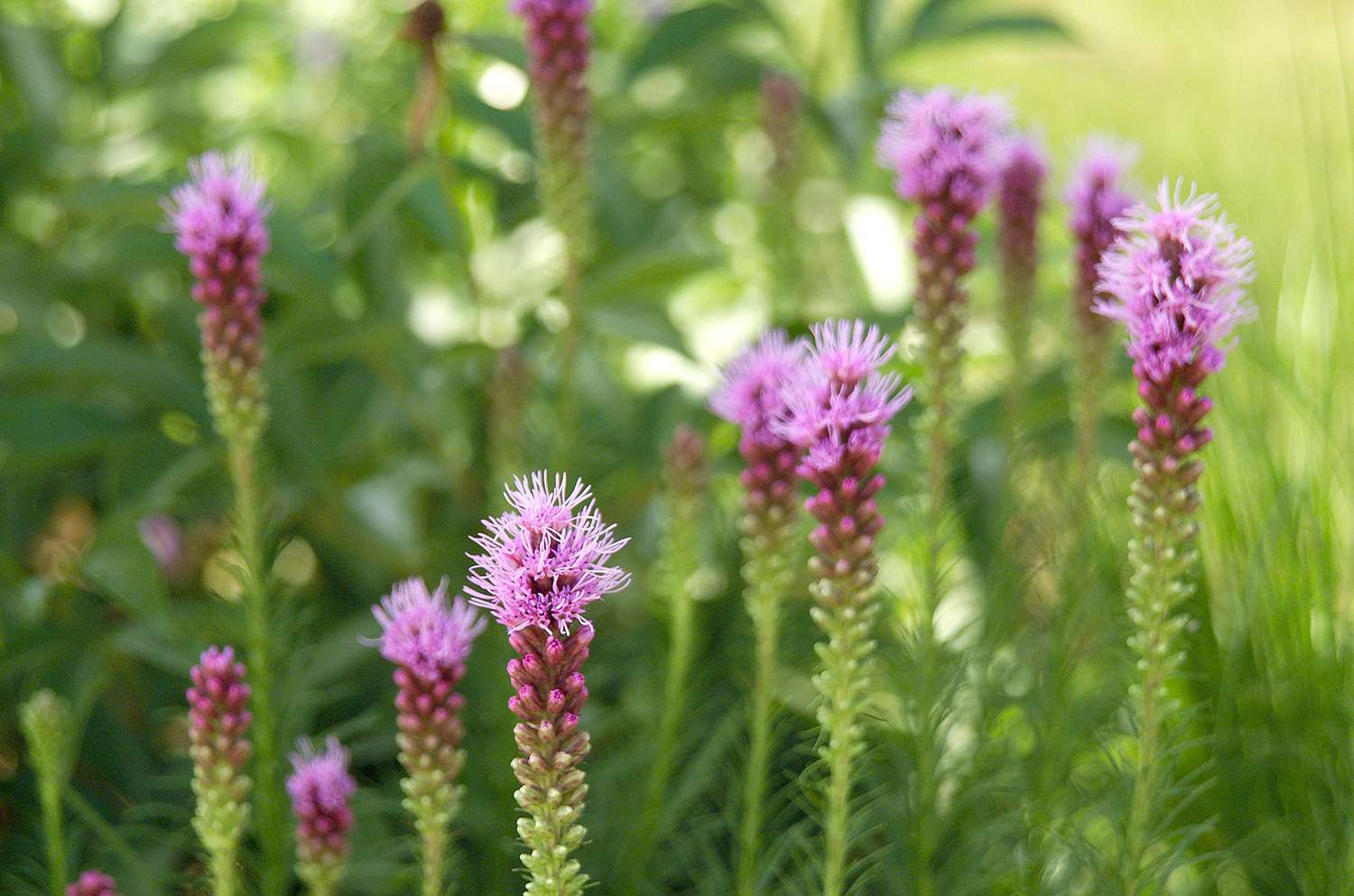
Just like alkaline soils, acidic soil is a result of a lack of balance of nutrients in the soil. Instead of having too little acidic content, acidic soil has too much, which can be a result of organic matter, excessive rainfall, or too much fertilizer. But, you can still grow gorgeous flowers in acidic soil.
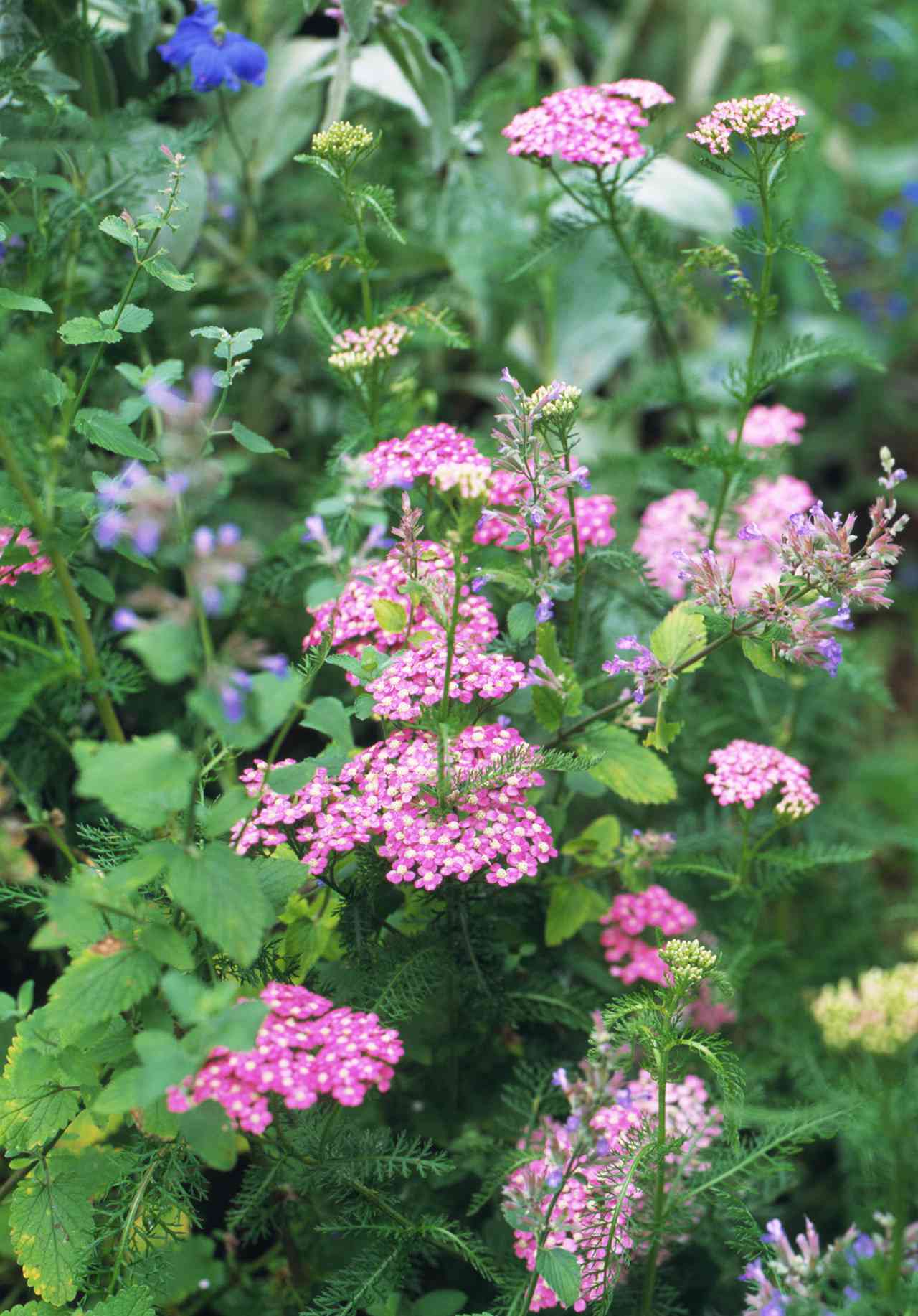
You know if you have clay soil—you come out of landscaping projects with sticky boots and a sore back from shoveling the dense earth. Because it is so dense, clay soil can block plant’s roots from getting water, which chokes them out. Some plants actually do well with these conditions.
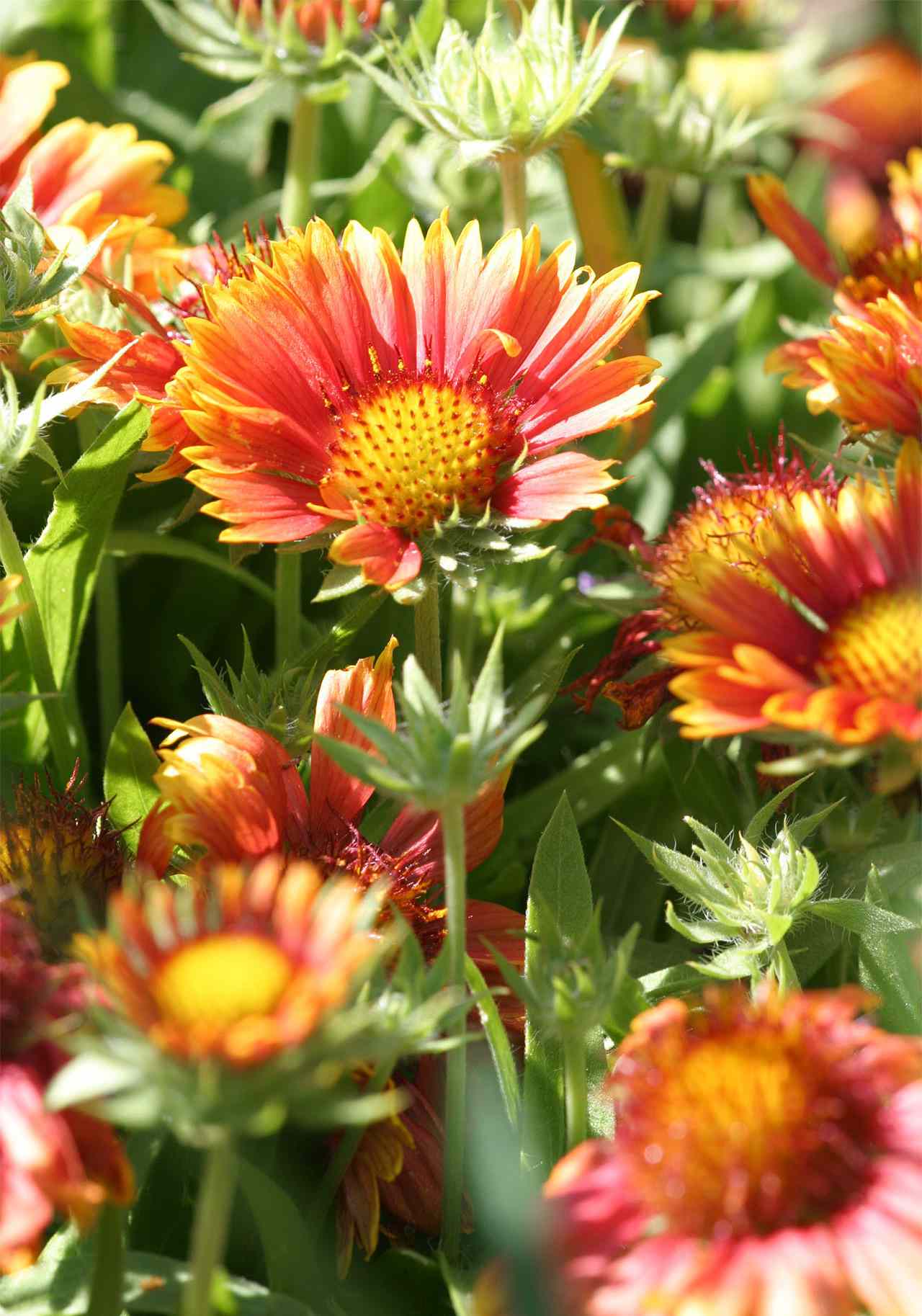
Sandy soil is high in sand content and doesn’t hold nutrients or water well. It’s also more lightweight and fine than other types of soil. If you have sandy soil, you don’t need to be limited to desert plants alone.

Hens-and-Chicks PETER KRUMHARDT
You may get a high salt content in your soil if you live by a coast, but you can also get areas of salty soil from winter deicing and plowing. If you can’t get the salt levels balanced, lean on these salt-tolerant garden plants.
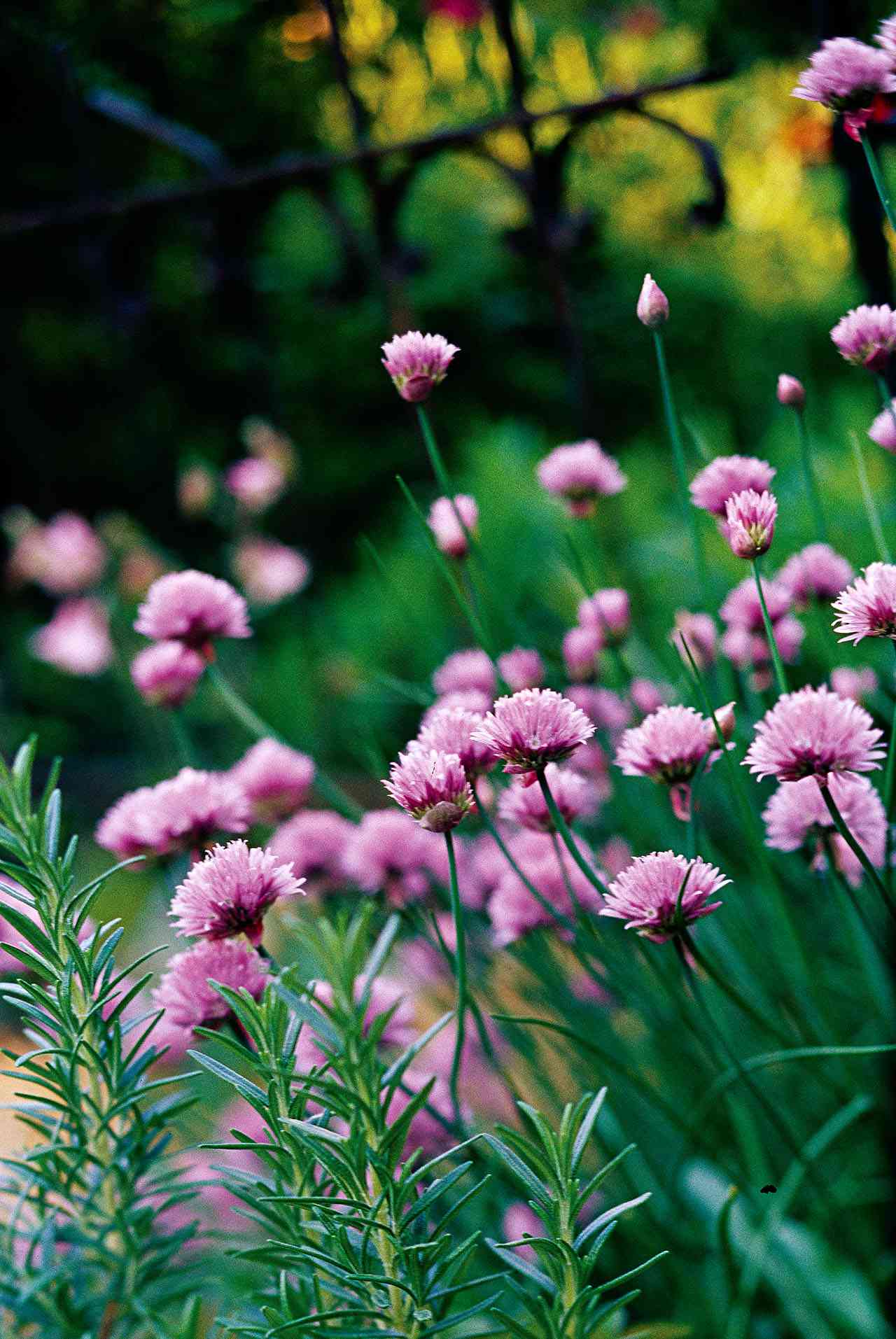
Ornamental allium PETER KRUMHARDT
Deer are beautiful backyard visitors, but nothing is more frustrating than having them eat the flowers and vegetables you’ve worked so hard to grow all season. If you’re methodical about the plants you choose, they’ll leave your garden alone.
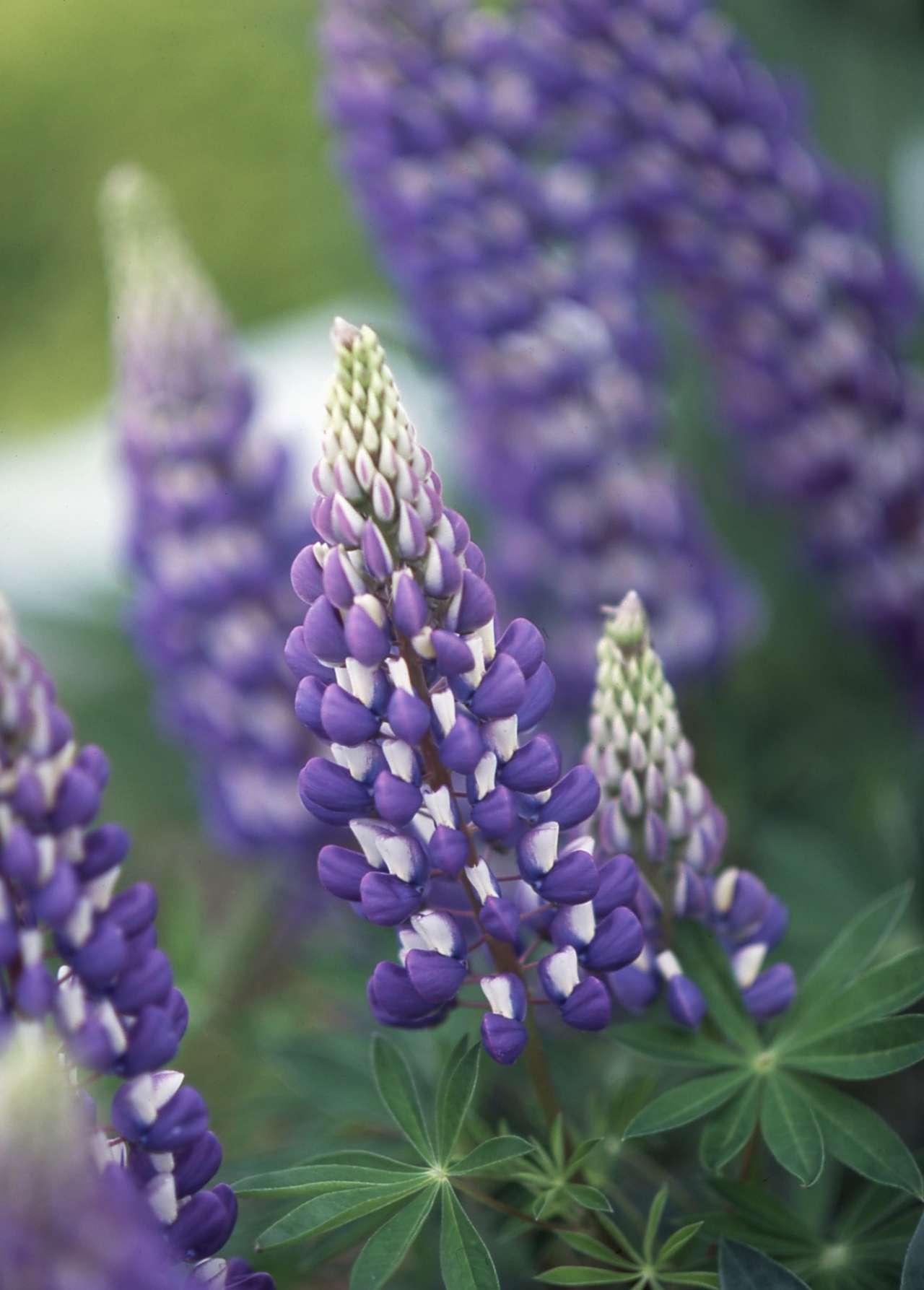
Lupine ANDY LYONS CAMERAWORKS, LTD
Some plants love the hot and humid air of Southern states, while others do just fine in the more temperate Northern states. You can find colorful flowers in the North that you’ll appreciate having in your garden.
Related: Cold-Climate Shade Garden Plan
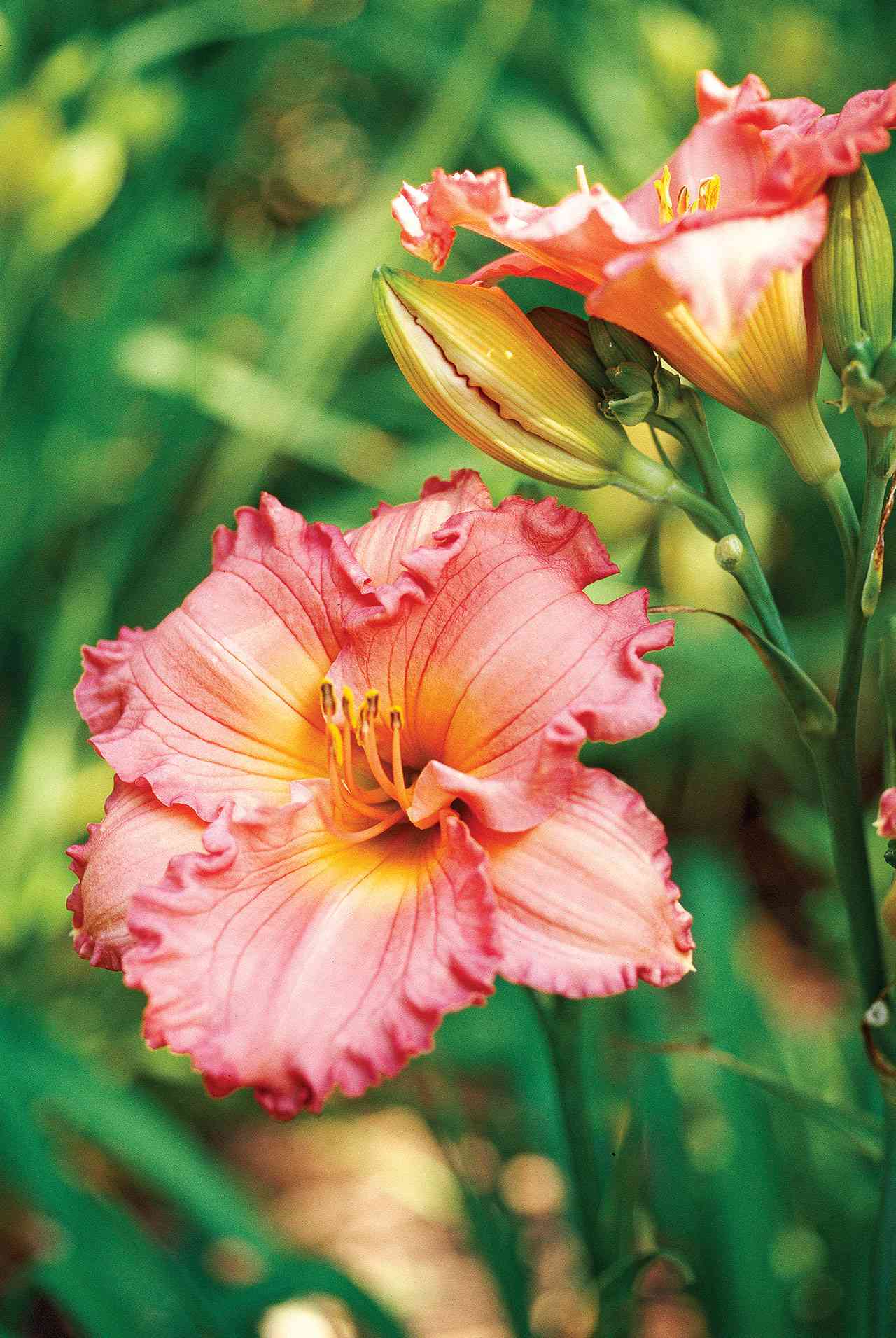
Daylily ALISE O’BRIEN PHOTOGRAPHY
Explore the world of tropical plants that love the humidity. The sun won’t burn these hot climate plants—they just can’t get enough of the heat.
Source: bhg.com/gardening

There’s no doubt about it; working in heavy clay soil is a pain in the back. It sticks to your shoes (and tools) and can be more challenging than gardening in sandier soil. However, despite all the hard work, clay soil has its benefits. Namely, it can host life-giving plant nutrients and retain moisture better than other soil types. With some soil amendments, you can turn your sticky clay into the humus-rich, fertile goodness your plants will thank you for.
There’s a notion that adding sand to heavy clay soil will help lighten it, but that’s a myth. In fact, 99 percent of the time, it turns your ground into cement. Soil treated this way becomes so tough that worms can’t live in it.
Instead, reach for organic matter, such as compost, leaf mold, and well-rotted manure. Organic matter is the best way to amend clay soil: It lightens the soil texture, discourages compaction, adds nutrients, improves drainage and aeration, moderates soil temperature, and provides pore space, essential to plant growth.
Amending your soil takes time and patience but rewards you many times over in the end. The first step should be to add as much organic matter as possible and mix it deeply into your soil. Before you start, have a soil test done. That way, you can incorporate lime, phosphorus, or amendments necessary while tilling in the organic matter. If you’re creating a new bed, this will be much easier.
Start the process by using a tiller to loosen the existing soil (if it is a large area) or a spade (if it is a more manageable size). Next, spread about 2 inches of compost on top of the tilled soil and work that in. Repeat the process two more times. Remember to only work in your clay soil if it is relatively dry. Working or walking on wet clay soil seriously damages the structure you are trying to improve.
Working around existing plants will take more time and caution. Autumn is a great time to do this because the weather is generally drier than in the springtime, and the cooler temperatures are more pleasant to work in. You can even make it an annual part of putting the garden to bed for winter.
Spread a few inches of compost over the ground between the plants and use a narrow spade to turn the compost into the soil. Repeat that at least once more and plan to make that part of your routine. Always work so that you’re walking backward and away from your freshly turned soil.
Over time, regular applications of compost, manure, and other organic matter will improve your soil’s structure, tilth, and overall health.
One last word on gardening in clay soil: Choose plants naturally adapted to growing in clay. It’s always better to work with what you have than to try and change it entirely. Happily, for those of us that garden with heavy clay soil, there is an abundance of beautiful plants to choose from.
If sand is added to garden soil in small amounts, it will make hardly any difference to the overall mixture. Ideally, the soil should have 50% pore space, and in clay soil, the pore spaces are tiny. Sandy soil, on the other hand, has larger pore spaces.
Mixing the sandy soil and clay soil causes the larger spaces of the sand to be compacted and filled in with the minute particles of clay, and the result is dense, heavier soil with a smaller pore space than either of the materials.
For the soil to take on the properties of sand, the ratio of the two materials would need to be close to 50:50. This would be impractical and costly in many cases. Still, it is an excellent way to make your garden soil finer and lighter if you have a small garden space or patch of soil.
Sources: http://www.bhg.com; simplifygardening.com
Looking for low-maintenance garden border ideas? Use these attractive, easy-to-grow border plants to define your lawn and landscape edges naturally.

Photo: istockphoto.com
There are lots of ways you can dress up your landscape, and the details make all the difference. Your choice of garden edging for lawn and garden borders is one detail that can help unify the whole while adding a touch of your personal style. You aren’t limited to plastic, metal, and stone for your edging and pathway projects. Why not consider a “living” edge, using plants to define the borders?
Plants create a natural appearance. They are dynamic, adding motion, attracting wildlife like birds and butterflies, and contributing to year-round color or bloom progression along garden paths and as flower bed edging. Plant borders also complement and soften the edges of hardscape elements like pavers, arbors, garden art, edging stones, and other outdoor structures.
A great border plant must be of a scale to fit within the overall landscape plan. It should stay in place without constant pruning. It must be suitable for the location and should not have acute pest or disease problems. The texture and color should complement the garden space.
Copy and paste the website below to see all 20 plants to use as lawn and garden borders.
The 20 Best Border Plants for Your Lawn and Garden – Bob Vila

Taking cuttings is a good way to keep your plants going from year to year. It’s so easy to do and if you become good at it is a great way of adding more of your favorite plants to fill out your collection. The good news is lots of beautiful flowers like fuchsias, pelargoniums and hydrangeas are all easy wins when it comes to taking cuttings successfully.
We’ve chosen eight of the best plants to take cuttings from right now. As soon as you’ve snipped your cuttings, put them in a polythene bag to conserve moisture and stop them drying out too fast. Then get your cuttings potted as soon as you can by following our easy guide on what to do next.
Rooting powders contain synthetic hormones that mimic the natural hormones found in plants. This can boost growth and speed up the development of your cutting. They also include chemicals that lessen the risk of your cuttings becoming diseased, which should increase your success rate.
Many gardeners think rooting powders are unnecessary, but it can be a good thing to use if you’re taking cuttings of more difficult plants. Fill a container with water and put some rooting hormone into a second container. Dip the end of the cutting into the water then into the rooting hormone and tap off any excess powder before planting your cutting.
Now is a good time to take cuttings too. In late summer and early fall hormone levels in plants are high so the cuttings will root and grow well. You’re out in the yard anyway on a tidying mission, so it’s perfect timing to start snipping from plants that do well for you, and that you would like more of to fill out your flower bed ideas next year.
Source: By Sarah Wilson for homesandgardens©
Cordyline Hot Pepper Plant, also known as Cordyline fruticosa ‘Hot Pepper,’ is a popular ornamental plant that belongs to the Asparagaceae family. The plant is named for its attractive and vibrant red foliage, which resembles the fiery color of hot peppers.

Botanical Name: Cordyline fruticosa ‘Hot Pepper’ USDA Zones: 9-11
One of the most amazing Cordyline Hot Pepper Plant Landscaping Uses is getting a pair of square planters and turning them into cordyline container gardens with beautiful blooms.
Or, A little bit of Cordyline and white gravel are all you need for the perfect tropical garden bed to spruce up the landscape.

Also, adding Cordylines to vibrant green foliage is a wonderful way to change the landscape with minimal effort.
Source: (balconygardenweb.com)

When to cut back your ornamental grass is governed by the type of grass and your personal preference. You can do the job in the fall after the foliage dies, or leave it in place through the winter and cut it back in the spring.
Some ornamental grasses will remain attractive through the better part of the winter.
And at a time when the rest of the landscape is rather dreary, long grasses swaying in the breeze can add some visual interest. Plus, their seed heads can provide food for wildlife.
Ornamental grasses are grouped into three categories: warm season, cool season, and evergreen. Some evergreen “grasses,” including seges and carex, aren’t really in the grass family, and these don’t need pruning (though they can be divided if they get unruly). But how do you know which type of ornamental grass you have, and when to prune it?
Cool season grasses grow primarily in spring before the temperatures exceed 75 degrees Fahrenheit, and in fall when temperatures cool. These grasses keep their color throughout the heat of summer without much growth. Cool season grasses should be cut back in very early spring. As soon as the snow clears, cut the grass back by two-thirds, leaving one-third in place. Pruning too drastically can harm the plant. Some examples of cool season grasses include fescues, blue oat grass (Helictotrichon), tufted air grass (Deschampsia), and autumn moor grass (Sesleria).
Warm-season grasses begin growing in mid to late spring, or even early summer. They thrive when the temperatures rise, with major growth and flowering occurring during summer’s heat. Warm-season grasses turn brown in winter. If you prefer a tidy garden, or if your ornamental grass is a variety that doesn’t look great dormant, cut back these grasses in fall. However, many grasses add terrific winter interest in the landscape, adding movement and texture when much of the garden is asleep. If you want to keep some interest in your garden throughout the winter, cut back these grasses in mid to late spring.
When you prune these warm-season grasses, cut them severely, right down to the ground. Some common warm-season grasses include northern sea oats (Chasmanthium), Japanese silver grass (Miscanthus sp.), hardy pampas grass (Erianthus), perennial fountain grass (Pennisetum), switchgrass (Panicum), and prairie cordgrass (Spartina).
For the tools you’ll need and how to do it, copy and paste the link below.
How and When to Cut Back Ornamental Grasses (thespruce.com)
If you live in a region where wildfires are endemic, use ornamental grasses with caution. Rather than allowing the dead grasses to remain for their ornamental appeal, it’s best to remove the foliage promptly at the end of the growing season. Few plants burn more fiercely than a large clump of dried grasses. When planting ornamental grasses, keep them well away from your home and other structures. In some regions, authorities now caution against planting ornamental grasses at all—as well as any other plants likely to burn easily.
A favorite thing about visiting gardens in the summer is catching sight of a butterfly enjoying nectar from a brightly colored zinnia or a monarch caterpillar munching on a milkweed leaf. When designing a butterfly garden, expand and balance plant selection to provide more than nectar plants for adult butterflies.
As the growing season winds down, pollinators are busy feeding and laying eggs in preparation for winter. Most butterflies overwinter locally, but several generations of monarch butterflies migrate thousands of miles to Mexico for the winter and need fuel for the journey.

A nectar plant has flowers that create a carbohydrate-rich food source for pollinators in exchange for pollination services by adult butterflies. A larval host plant allows caterpillars, or larvae, to feed on this plant. Because of the integral relationship between host plants and butterflies, gardeners must be strategic when picking a caterpillar host plant to attract a particular butterfly species.
It is helpful to remember that a female butterfly can travel long distances, but their caterpillars cannot. This balance tip lets you observe a garden where butterflies can feed, lay their eggs, and provide food for their newly hatched larvae, that then pupate and create their cocoons, emerge, and begin a lifecycle or migrate to a new region.
Planting important pollinator larva and nectar plants creates a fun and colorful buffet for your butterfly garden. With good selections, hungry caterpillars will eventually devour parts of these plants, but no worries, the larva host plants will grow back.
Consider these selections to add and balance a butterfly garden:

Butterfly weed

Button Bush

Wild Geranium
Article by Christina Lueking for extension.illinois.edu/